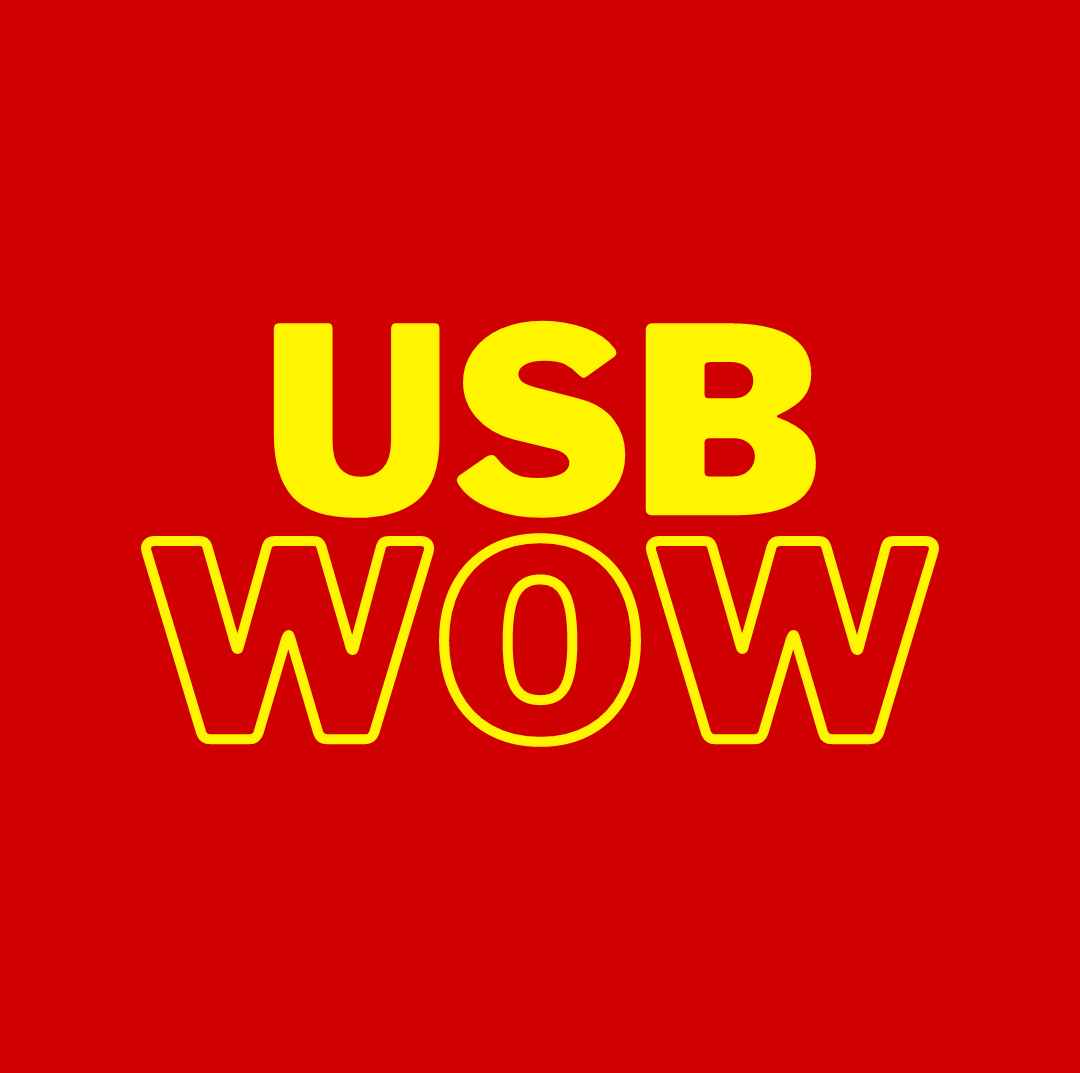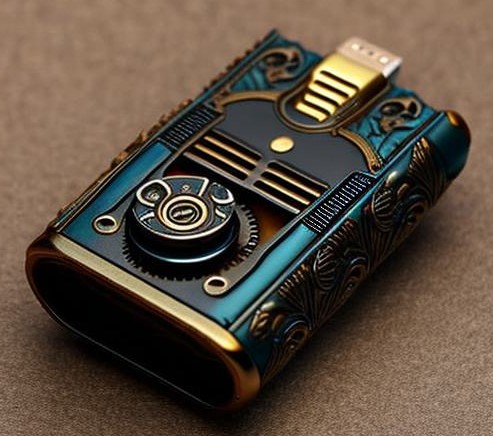If you want to remove the old files from a thumb drive, fix any errors or change the file system then you need to format your USB drive ready to reuse.
Why do I need to format my USB drive?
Formatting a USB drive is a process of preparing the storage device to store data by setting up its file system and structure. The main reasons why you might need to format your USB drive are:
- Removing old data: When you want to reuse a USB drive, you need to format it to remove any old data that may still be stored on it. This will ensure that the drive is clean and ready to store new data.
- Changing file system: If you want to use the USB drive with a different operating system or device, you may need to format it to change the file system. Different operating systems and devices use different file systems, and not all file systems are compatible with each other.
- Fixing errors: Sometimes a USB drive may become corrupted and start to display errors or stop working altogether. Formatting the drive can help fix these errors and restore the drive to working condition.
- Preparing for bootable media: If you want to create a bootable USB drive, such as a Windows or macOS installation media, you need to format the drive to set it up with the correct file system and structure. This will allow the computer to boot from the USB drive and install the operating system.
Formatting a USB drive is a simple process that can be done using your computer’s built-in formatting tools. However, it’s important to note that formatting a drive will erase all data stored on it, so be sure to back up any important files before proceeding.
What happens if I don’t format a new USB drive?
If you don’t format a new USB drive, it will still work out of the box. However, there are some potential issues that can arise if you don’t format the drive before use:
- Compatibility issues: The USB drive may have been pre-formatted for a specific operating system or file system, which may not be compatible with the system you want to use it with. This can result in errors or the drive not being recognized at all.
- Security risks: Some USB drives come with pre-installed software or hidden partitions that can pose a security risk. Formatting the drive will remove any pre-installed software and hidden partitions, ensuring that your data is stored only on the drive’s visible partition.
- Limited functionality: Without formatting the USB drive, you may not be able to use all of its features, such as encryption or bootable media creation. Formatting the drive can enable these features and ensure that the drive is set up for optimal performance.
- Unorganized storage: New USB drives may have unused space or be set up with inefficient file systems. Formatting the drive can organize the storage space and ensure that the drive is set up for optimal file organization.
In summary, while it is not strictly necessary to format a new USB drive, doing so can ensure that the drive is set up for optimal performance, compatibility, and security.
How do I format my USB drive with Windows 11?
Remember that formatting will erase all data on the drive, so be sure to back up any important files before proceeding.
Step 1: Connect your thumb drive to your computer’s USB port. Once the drive is connected, your computer should recognize it and display a notification that a new device has been connected.
Step 2: Open the File Explorer by clicking on the folder icon on the taskbar or by pressing the Windows key + E on your keyboard.
Step 3: In the File Explorer, locate the thumb drive. It should appear under “This PC” or “Devices and drives.” Right-click on the drive and select “Format” from the context menu.
Step 4: In the Format dialog box, you can select the file system and allocation unit size for the thumb drive. The file system determines how the data is stored on the drive, while the allocation unit size determines the smallest amount of space that can be used to store data.
You can also enter a volume label for the drive, which will appear as the drive’s name in the File Explorer. A volume label, also known as a disk label or a volume name, is a unique name or identifier assigned to a storage device, such as a thumb drive, hard drive, or SSD. It is a short description that helps you identify the device in the operating system’s file explorer or when connected to other devices.
Step 5: Once you have made your selections, click on the “Start” button to begin the formatting process. Windows will warn you that all data on the drive will be deleted. If you are sure you want to proceed, click “OK.”
Step 6: Wait for Windows to format the thumb drive. The time it takes will depend on the size of the drive and the speed of your computer. Once the formatting is complete, Windows will display a message that the formatting was successful.
Step 7: You can now close the Format dialog box and safely remove the thumb drive from your computer. To do so, right-click on the drive in the File Explorer and select “Eject” from the context menu. Wait for Windows to confirm that it is safe to remove the drive before unplugging it from the USB port.
That’s it! Your thumb drive has been formatted and is ready to use.
How do I format my USB drive on a Macbook?
Step 1: Connect your thumb drive to your MacBook Pro’s USB port. Once the drive is connected, your computer should recognize it and display a notification that a new device has been connected.
Step 2: Open the Finder by clicking on the smiling face icon in the dock or by pressing Command + Space and searching for “Finder” in Spotlight.
Step 3: In the Finder, locate the thumb drive. It should appear under the “Devices” section in the left sidebar. Click on the drive to select it.
Step 4: From the Finder menu bar, click on “File” and then select “Get Info” or simply press Command + i on your keyboard.
Step 5: In the Get Info window, make sure the “General” tab is selected. You will see information about the thumb drive, including its name and capacity. To change the name of the drive, simply click on its current name and type in a new name.
Step 6: To format the thumb drive, click on the “Erase” button in the Get Info window. This will open the Disk Utility application.
Step 7: In Disk Utility, select the thumb drive from the list of devices in the left sidebar. Make sure you select the correct drive, as formatting will erase all data on the selected drive.
Step 8: Click on the “Erase” button in the toolbar at the top of the Disk Utility window.
Step 9: In the Erase dialog box, you can select the file system and scheme for the thumb drive. The file system determines how the data is stored on the drive, while the scheme determines the way the drive is partitioned. If you are unsure of which options to choose, you can usually stick with the default settings.
Step 10: Once you have made your selections, click on the “Erase” button to begin the formatting process. Disk Utility will warn you that all data on the drive will be deleted. If you are sure you want to proceed, click “Erase.”
Step 11: Wait for Disk Utility to format the thumb drive. The time it takes will depend on the size of the drive and the speed of your computer. Once the formatting is complete, Disk Utility will display a message that the formatting was successful.
Step 12: You can now close Disk Utility and safely remove the thumb drive from your MacBook Pro. To do so, click on the eject icon next to the drive’s name in the Finder sidebar, or drag the drive’s icon from the desktop to the trash can. Wait for macOS to confirm that it is safe to remove the drive before unplugging it from the USB port.
That’s it! Your thumb drive has been formatted and is ready to use.
How do I format a Thumb drive without a laptop or computer?
It is not possible to format a thumb drive without a laptop or computer. Formatting a drive requires a device with an operating system and formatting tools, which are not available on most other devices like smartphones or tablets.
However, some modern smartphones and tablets may support external storage devices like USB drives via a USB OTG (On-The-Go) cable. If your device supports this feature, you may be able to use a formatting app or tool available on your device’s app store to format the USB drive.
If your device does not support external storage devices, you will need to use a laptop or computer with a USB port to format the thumb drive. Most operating systems, including Windows, macOS, and Linux, have built-in formatting tools that can be used to format a USB drive.
Simply plug the USB drive into the computer, open the formatting tool, select the USB drive, and follow the prompts to format the drive.
AFFILIATE DISCLAIMER
The USBWOW website is supported by our visitors. Some of the product links on this website are through affiliate schemes such as Amazon. This means that I earn a small commission if you choose to purchase something at no extra cost to yourself.

